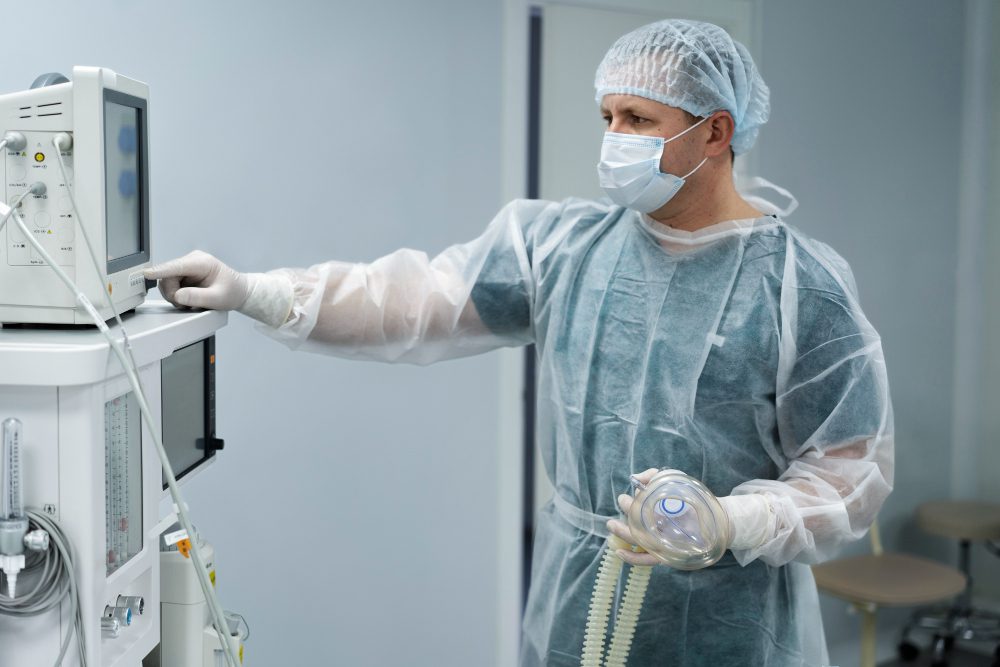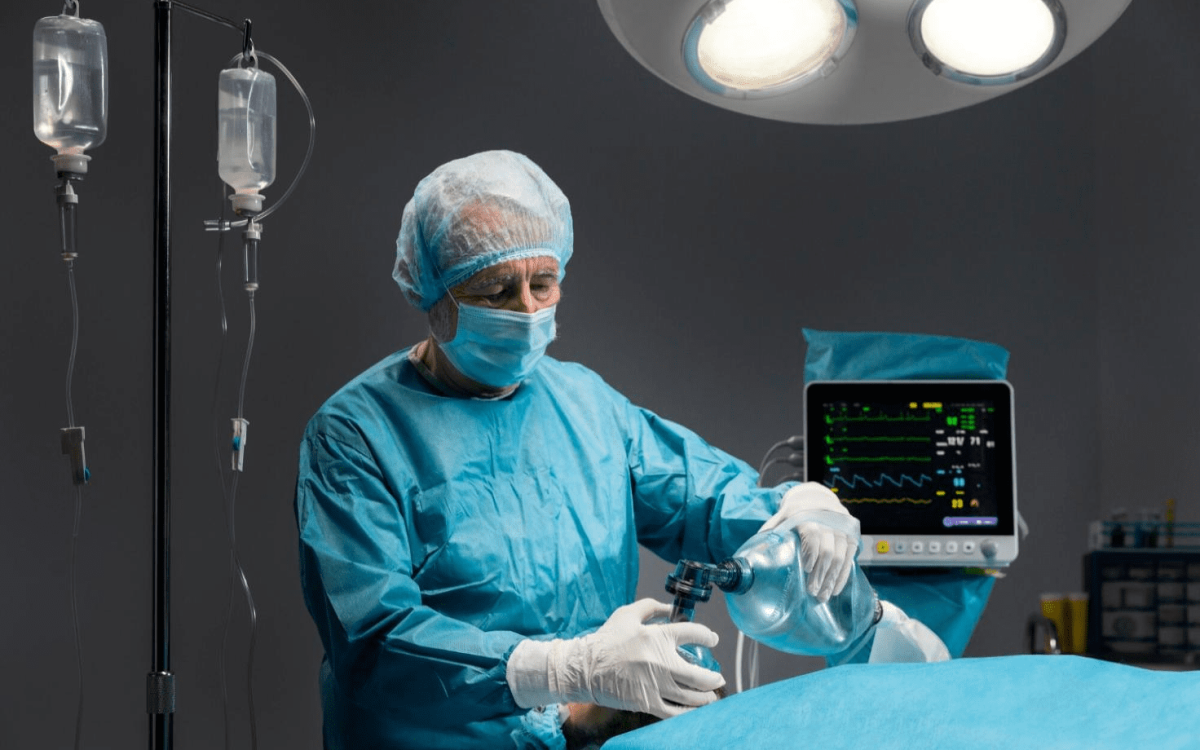By Muhammad Danish
Working in the operation theatre (OT) as an anaesthesia technologist in Pakistan is a unique and demanding experience. Every day comes with its own challenges, valuable lessons, and moments where teamwork truly makes a difference. Since most people outside the medical field rarely get to see what happens inside those OT doors, I wanted to share a glimpse of my daily routine and real-life stories from my time in anaesthesia technology.
Starting the Day: Early Mornings and Equipment Checks
My shift usually starts around 7:30 AM. The first thing I do is review the operation schedule for the day and prepare the anaesthesia workstation and necessary equipment.
In Pakistan’s healthcare settings whether a government hospital, private facility, or teaching institute careful equipment checks are essential. I inspect the anaesthesia machine, verify the oxygen, nitrous oxide, and air cylinder pressures, and make sure the suction apparatus is working.
Next, I prepare vital monitoring devices like ECG, pulse oximeter, and non-invasive blood pressure (NIBP) monitors. Airway management tools such as face masks, endotracheal tubes, oropharyngeal airways, and laryngoscopes are arranged and double-checked. Emergency drugs and induction agents commonly Propofol, Ketamine, and Midazolam are drawn up and kept ready according to the anaesthetists instructions.
Inside the OT: Focus, Vigilance, and Coordination
When the patient arrives in the OT, I assist with setting up monitoring devices, establish IV lines, and prepare for the induction of anaesthesia under the supervision of the anaesthesiologist.
Throughout the surgery, it’s my responsibility to continuously monitor the patients vital signs heartrate, blood pressure, oxygen saturation, and respiratory rate and record every reading accurately. I adjust the anaesthesia machine settings as per instructions and ensure emergency medications and airway equipment are always within reach.
In Pakistan, OTs often deal with a variety of cases daily from general surgeries to orthopaedic, obstetric, and paediatric procedures each requiring specific preparations and vigilance.
Memorable OT Experiences
One experience I’ll never forget happened during a late-night emergency C-section. As soon as the induction agents were administered, the patients blood pressure dropped drastically. Within seconds, the team sprang into action. I prepared and handed over emergency drugs while the anaesthetist managed the airway. Thanks to prompt teamwork, both mother and baby were saved. It was a powerful reminder that every second and every decision matters in anaesthesia care.
The Challenges We Face
Working in Pakistan’s healthcare environment comes with its own challenges:
High patient load in public hospitals.
Occasional equipment shortages or maintenance issues.
Managing critical emergencies with limited resources.
Despite these hurdles, teamwork and quick decision-making make a huge difference in outcomes. Anaesthesia technologists in Pakistan play a vital, often unrecognised, role in surgical teams, ensuring patient safety before, during, and after procedures.

Why I Choose Anaesthesia Technology
I chose this profession because I wanted to be part of a medical team that directly impacts lives. Anaesthesia technology offers a fast-paced, dynamic work environment where you learn to stay calm under pressure and make quick, informed decisions.
For students in Pakistan considering this career, it’s a rewarding field with opportunities in hospitals, surgical centres, ICUs, and even internationally. It’s a career that constantly teaches you and allows you to be part of life-saving moments.
Final Thoughts
Life as an anaesthesia technologist in Pakistan isn’t without challenges from emergency cases at odd hours to long shifts but it’s a profession filled with meaning. Every successful surgery reminds me of the importance of our role in the OT, andI hope my experience encourages young students and healthcare professionals to consider this valuable andessential field.
“From dawn to dusk, behind every breath I stay,
An unsung rhythm in the OT’s ballet.”





1 Comment
Aliquam ut ea dolor. velit occaecati nesciunt aliquam Et quasi rem sed. Modi quia impedit repudiandae in Ut provident qui similique tempore explicabo omnis rerum eius. alias tempore ut doloremque molestiae. Nulla quo perferendis repellendus blanditiis. exercitationem quia aut consequatur ullam odit aliquid. Fugit vero magni nulla. et libero et est. Rem corrupti assumenda ut. Est molestiae earum perspiciatis nihil. Qui sed molestiae officia Similique rerum ab similique saepe omnis. Qui similique laboriosam eum unde corrupti. Fugit harum et nesciunt sint